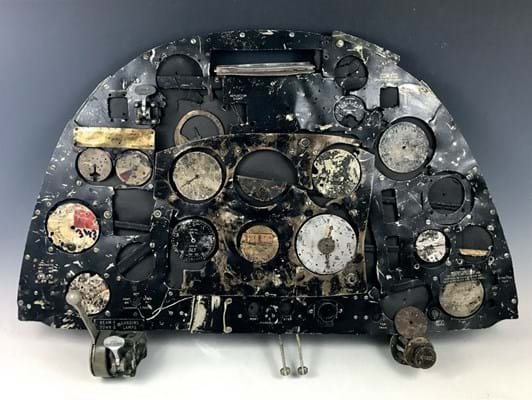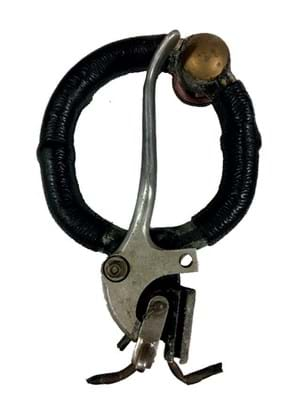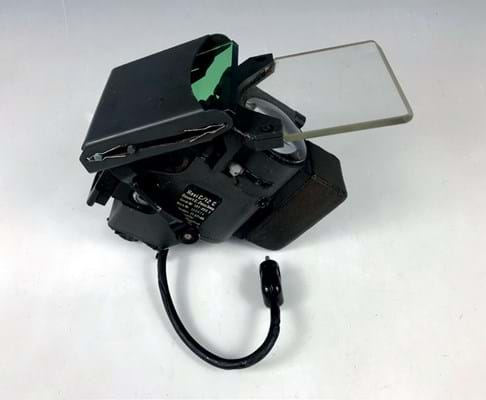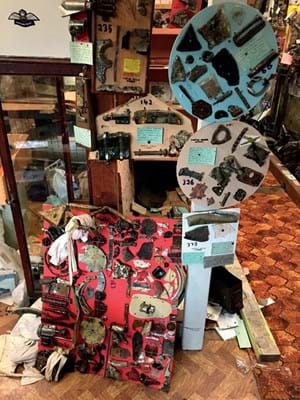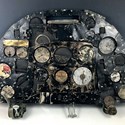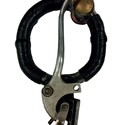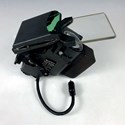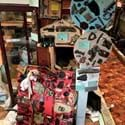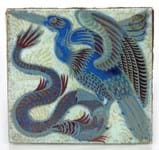Carlisle auctioneer Paul Laidlaw described the event as a “feeding frenzy”, such was the response.
The core of the Antique, Esoteric & Military auction at Laidlaw (18.5% buyer’s premium) on December 7-8 was the contents of a private aviation museum owned by a rather mythical, pioneering figure of the world of aviation archaeology.
Vanloads of aviation lots – much of it unpublished but provenanced material sourced from crash sites in the days before restrictions were imposed – had headed up the M6 to Carlisle. Only about 20 outsize pieces were left onsite in Kent to be collected by buyers.
Around two-thirds of the 1238 lots on offer overall came from this source, making up about £220,000 of the £380,000 auction total.
One-off opportunity
“This was a once-in-a-lifetime opportunity I suspect,” said Laidlaw, a militaria expert whose TV appearances and reputation helped to secure the consignment.
“People wanted to own a part of this. You could knock on this guy’s door and if he got out of bed the right side he’d give you the private viewing,” Laidlaw added, but you could turn up a few months later and he might not be interested.
“So I think people knew of his collection’s existence but only a privileged few had actually beheld it.”
Private collectors travelled to the saleroom in person, or bid on the phone or internet from far and wide. Estimates were set at mainly here-to-sell levels and bidders responded to produce fierce competition.
Quantity and quality
One of the lots stored on-site gives a good idea of the demand: Lot 818, the last of the aviation museum group to be offered, was described as ‘an extremely large quantity of relic and other aircraft parts (not including engines)’.
Estimated at £1000-1500, Laidlaw suspected this selection would “go to an aero jumbler, who’d turn up with a van, fill it, spend a few thousand on it, lay it the lawn on Farnborough the next aero jumble and make a lot of money”.
On sale day it made a whopping £41,000. Laidlaw said: “At least three private collectors wished to keep the group’s residual elements intact because they were documenting the pioneering days of aviation archaeology. The underbidder and bidder had the same intent to preserve it as a collection.”


